Filter by

Pathways to Water Sector Decarbonization, Carbon Capture and Utilization
The water sector is in the middle of a paradigm shift from focusing on treatment and meeting discharge permit limits to integrated operation that also enables a circular water economy via water reuse, resource recovery, and system level planning and operation. While the sector has gone through different stages of such revolution, from improving energy efficiency to recovering renewable energy a…
- Edition
- -
- ISBN/ISSN
- 9781789061789
- Collation
- -
- Series Title
- -
- Call Number
- -
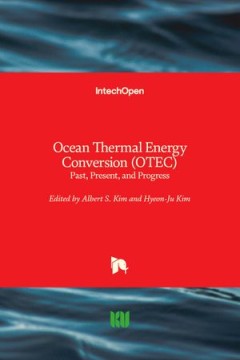
Ocean Thermal Energy Conversion (OTEC): Past, Present, and Progress
The 21st century is characterized as an era of natural resource depletion, and humanity is faced with several threats due to the lack of food, energy, and water. Climate change and sea-level rise are at unprecedented levels, being phenomena that make predicting the future of ocean resources more complicated. Oceans contain a limitless amount of water with small (but finite) temperature differen…
- Edition
- -
- ISBN/ISSN
- 9781789855715
- Collation
- -
- Series Title
- -
- Call Number
- -
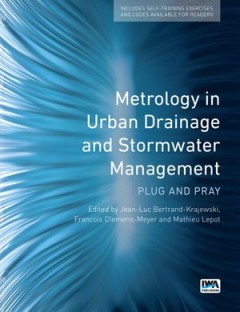
Metrology in Urban Drainage and Stormwater Management: Plug and Pray
This book presents the advancements made in applied metrology in the field of Urban Drainage and Storm water Management over the past two decades in scientific research as well as in practical applications. Given the broadness of this subject (measuring principles, uncertainty in data, data validation, data storage and communication, design, maintenance and management of monitoring networks, te…
- Edition
- -
- ISBN/ISSN
- 9781789060102
- Collation
- -
- Series Title
- -
- Call Number
- -
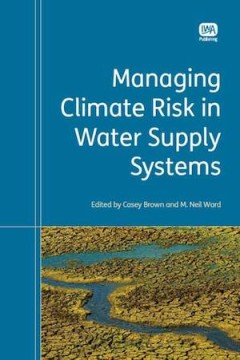
Managing Climate Risk in Water Supply Systems
Water resources systems provide multiple services and, if managed properly, can contribute significantly to social well-being and economic growth. However, extreme or unexpected hydroclimatic conditions, such as droughts and floods, can adversely affect or even completely interrupt these services. This text seeks to provide knowledge, resources and techniques for water resources professionals t…
- Edition
- -
- ISBN/ISSN
- 9781780400587
- Collation
- -
- Series Title
- -
- Call Number
- -

Leak Detection: Technology and Implementation
Ageing infrastructure and declining water resources are major concerns with a growing global population. Controlling water loss has therefore become a priority for water utilities around the world. In order to improve efficiencies, water utilities need to apply good practices in leak detection. Leak Detection: Technology and Implementation assists water utilities with the development and implem…
- Edition
- -
- ISBN/ISSN
- 9781780404714
- Collation
- -
- Series Title
- -
- Call Number
- -
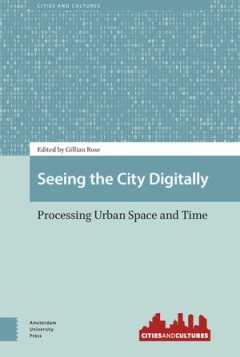
History of Water Supply and Governance in Kenya (1895-2005) Lessons and Futures
This book on the History of Water Development in Kenya transverses through a matrix of infrastructural development, administration, policy, legal and legislation framework, and evolution of various water supply technologies in an inimitably comprehensive approach. The book has carefully constructed the development over one century timeline of water supply and provided the future prediction of t…
- Edition
- -
- ISBN/ISSN
- 9789520300593
- Collation
- -
- Series Title
- -
- Call Number
- -
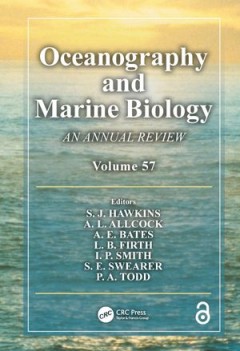
Global Water: Issues and Insights
This book brings together some of the world’s leading water researchers with an especially written collection of chapters on: water economics; transboundary water; water and development; water and energy; and water concepts.
- Edition
- -
- ISBN/ISSN
- 9781925021677
- Collation
- -
- Series Title
- -
- Call Number
- -
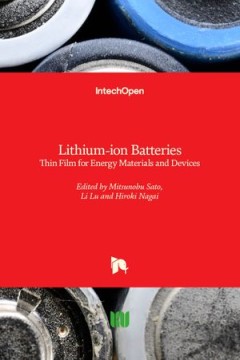
Future drinking water infrastructure: Building blocks for drinking water comp…
Future Drinking Water Infrastructure is an Open Access co-publication with KWR.
- Edition
- -
- ISBN/ISSN
- 9781789060485
- Collation
- -
- Series Title
- -
- Call Number
- -
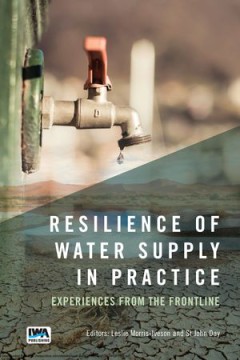
Freshwater Governance for the 21st Century
The objective of this book is to broadly illustrate the key aspects of water governance, mapping the spectrum of decision-making from techno-centric and eco-centric approaches, to hybrid concepts and people-centric approaches. Topics covered include the challenges for water-governance models, the polycentric model, the integration challenge, water in the decision-making hierarchy, and the rise …
- Edition
- -
- ISBN/ISSN
- 9783319433509
- Collation
- -
- Series Title
- -
- Call Number
- -
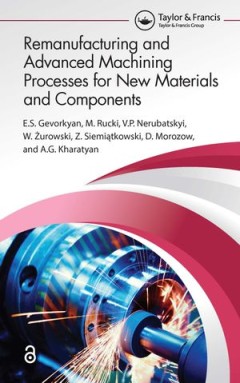
Flowpath 2019: National Meeting on Hydrogeology
FLOWPATH 2019, the 4th National Meeting on Hydrogeology, was held in Milan from 12th to 14th June 2019. According to the aim of the previous Editions of FLOWPATH, held in Bologna (2012), Viterbo (2014) and Cagliari (2017), the conference is an opportunity for Italian hydrogeologists to exchange ideas and knowledge on different groundwater issues. The objectives of the conference are: – To pro…
- Edition
- -
- ISBN/ISSN
- 9788855260121
- Collation
- -
- Series Title
- -
- Call Number
- -
 Computer Science, Information & General Works
Computer Science, Information & General Works  Philosophy & Psychology
Philosophy & Psychology  Religion
Religion  Social Sciences
Social Sciences  Language
Language  Pure Science
Pure Science  Applied Sciences
Applied Sciences  Art & Recreation
Art & Recreation  Literature
Literature  History & Geography
History & Geography